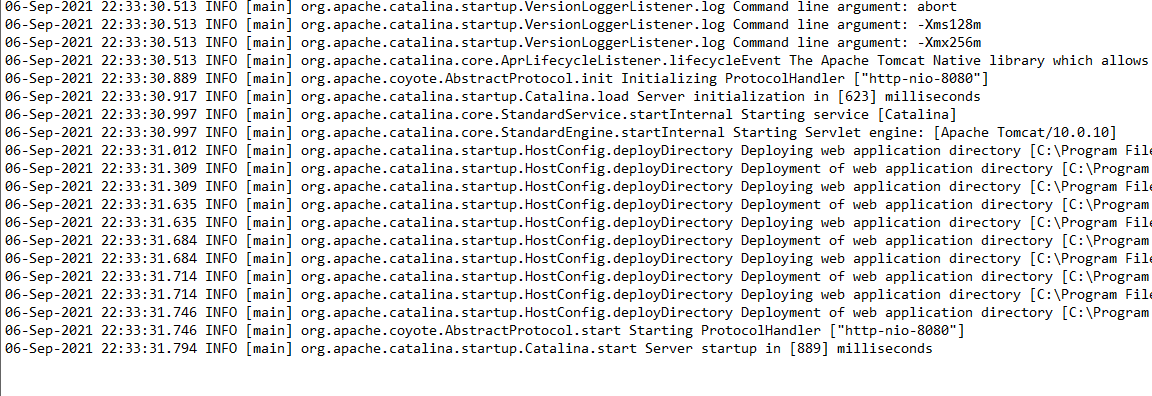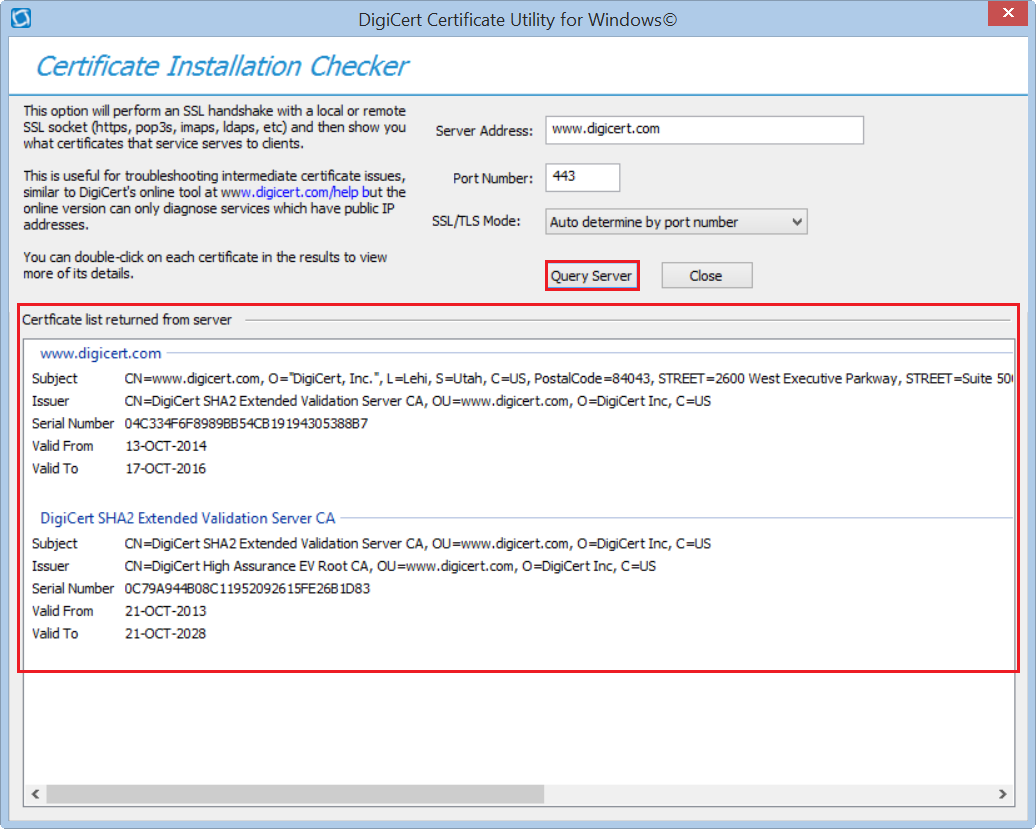
Web server software provides a way to deliver files and information over the internet using HTTP. Users can access the web from anywhere, and it has many security features.
There are many types of web server products, including commercial and open-source software. Each one has its own set of advantages and limitations. It's therefore important to select the best web server software for your needs.
What Is a Web Server?
A web server is a program that makes files and content from a website (such as HTML or PHP) available to people surfing the Internet. The client sends an HTTP request, usually for a particular file. The server then responds by sending the file requested or any other information such as an error.
Apache, Nginx Tomcat Lighttpd is the most common server. Some servers are free while others may require a license fee. Make sure you read the licensing details before installing any new server.

What platform should I choose?
Windows has a few options, although most popular web servers run on Unix or Linux. You'll want to ensure that your web server software is compatible with the server hardware you have and can be used by a wide range of users, regardless of what OS you choose.
Which Web Server Platforms Do You Recommend?
Some web server platforms can run on different operating systems. They are ideal for businesses that wish to host their website on several platforms. Some of these web server platforms allow for multi-languages, while other allow you to set up the server as a SSL (Secure Sockets Layers), or proxy server.
What is the difference between Static and Dynamic Web servers?
A webserver can be static or dynamic depending on the data type it serves. Static web servers send files to the browser as they are, while dynamic web servers add, remove or update information in response user requests.
What's The Best Web Server For Large Scale Enterprise Applications
Tomcat or another Java webserver can be an excellent choice for enterprise-scale applications. It's open source and free. It supports a large variety of programming frameworks and scripting language. Although it is a good tool for dynamic pages, its approach to secure Sockets-Layer encryption can be less than ideal.
Nginx can handle thousands concurrent connections and is therefore a good option for sites experiencing heavy traffic. It is often used as a load balancer or to enhance the performance of other server software.

Cherokee is a lightweight BSD-licensed web server alternative to Apache and Nginx. It has an intuitive interface, which makes it easy to configure.
It is fast, powerful and can be configured for dynamic pages. It's a powerful web server that is ideal for home users and businesses.
FAQ
Is it better to hire a web designer than do it myself?
If you are looking to save money, don't spend on web design services. However, if you are looking for high-quality results, hiring someone to design your website might not be worth it.
There are many ways to create websites from scratch, without having to hire expensive designers.
If you're willing to put in the time and effort, you can learn how to make a great-looking site yourself using free tools like Dreamweaver and Photoshop.
Consider outsourcing your project to an experienced freelancer web developer who charges hourly instead of per-project.
How to Create a Static Website
You have two options when creating your first static site:
-
Content Management System (a.k.a. WordPress): WordPress is available as a download. It can be used to create a website.
-
Creating a Static HTML Website: In this case, you'll need to write your HTML/CSS code. It's not hard to do if you already understand HTML.
Consider hiring an expert to build your large website.
Start with option 2.
Can I use HTML & CCS to build my website?
Yes! Yes!
Now that you know how to create the structure of a website, you'll also need to learn some HTML and CSS coding.
HTML stands as HyperText Markup Language. Think of it like writing a recipe for a dish. You'd list the ingredients, instructions, along with directions. HTML is a way to tell a computer which parts are bold, underlined, italicized or linked to other parts of the document. It's the language for documents.
CSS stands for Cascading Style sheets. You can think of CSS as a style sheet for recipes. Instead of listing each ingredient or instruction, you will write down the general rules for font sizes and spacing.
HTML tells your browser how to create a web page. CSS tells you how.
Don't be afraid to ask questions if you don’t understand any of these terms. Follow these steps to make beautiful websites.
Statistics
- Studies show that 77% of satisfied customers will recommend your business or service to a friend after having a positive experience. (wix.com)
- It enables you to sell your music directly on your website and keep 100% of the profits. (wix.com)
- In fact, according to Color Matters, a signature color can boost brand recognition by 80%. There's a lot of psychology behind people's perception of color, so it's important to understand how it's used with your industry. (websitebuilderexpert.com)
- When choosing your website color scheme, a general rule is to limit yourself to three shades: one primary color (60% of the mix), one secondary color (30%), and one accent color (10%). (wix.com)
- Is your web design optimized for mobile? Over 50% of internet users browse websites using a mobile device. (wix.com)
External Links
How To
How do I get started as a UI Designer?
There are two routes to becoming a UI Designer:
-
You can complete school to earn a degree for UI Design.
-
You can also start your own business.
You will need to complete four years of college or university study if you plan to continue your education. This includes psychology, computer science, marketing, art, and business.
You can also enroll in classes at state universities or community colleges. Some schools offer free programs, while others charge tuition fees.
After graduating, you'll need to find employment. If you plan to work for your own business, you need to establish a client base. It's important to network with other professionals, so they know you exist.
You can also look for opportunities to intern at companies that specialize in developing web applications. Many companies employ interns to gain practical experience before hiring full time employees.
Your portfolio will help to get you more work. Your portfolio should contain your work samples and details of the projects you worked on.
It is a good idea for potential employers to receive your portfolio via email.
Market yourself as a freelancer. You can also advertise your services via job boards like Guru, Indeed, Guru, Upwork, and Freelance.
Many recruiters post job openings online and assign freelancers. These recruiters find qualified candidates for specific jobs.
These recruiters provide candidates with a project description that details the position's requirements.
As a freelancer, you are not required to sign any long-term contracts. You should negotiate an upfront payment if your goal is to move forward.
Many designers prefer working directly with clients, rather than through agencies. Although this may seem appealing, many people lack necessary skills.
Agency workers have a deep understanding of the industry in which they are working. They also have access special training and resources that help them produce high-quality work.
Agency workers often receive higher hourly rates in addition to these benefits.
The downside to working with an agency is that you won't have direct contact with the employer.
You must be creative, self-motivated and flexible to succeed as a UI Designer.
Additionally, communication skills must be excellent both in written and verbal.
UI designers are responsible to design websites using user interfaces (UI) as well as visual elements.
They are also responsible in ensuring that the site meets all users' requirements.
This involves understanding what information visitors need and how the site should function.
Wireframes can also be created by UI developers using a variety o tools. Wireframing is a way for them to visualize the layout of a page prior to beginning their designs.
Wireframe templates are available online, making it easy for anyone to create their own wireframes.
Some designers specialize in UI design alone, while others combine UI with graphic design.
Photoshop is a tool used by graphic artists to edit images.
Then, they use Adobe InDesign for layout and page design.
Photographers capture images using digital cameras or DSLRs.
Then, they upload the photos to a photo editor program, where they add captions and filters.
The photographer saves the image as a compatible file format for the website.
It is vital to consider all aspects in the web design process.
This includes research planning, wireframing and prototyping, as well as testing, coding, content generation, and publishing.
Research - It is crucial to conduct extensive research before beginning a new venture.
Planning – After you've done your research you'll be ready to develop a plan.
Wireframing – A wireframe is a preliminary sketch or drawing of a webpage or application.
Prototyping -- Prototypes allow you to make sure that your final product is exactly what you imagined.
Testing - The prototype should undergo multiple rounds of testing to ensure it works properly.
Coding - Coding refers to the process of writing computer code.
Content Creation – Content creation includes everything, from the writing of copy to managing social networks accounts.
Publishing is the act of uploading files and making sure that the site can be accessed.
You will learn about various projects as a freelance UX/UI designer.
Some companies may only need wire frames while others require complete prototypes.
Depending on which type of project you accept you might be asked to do specific tasks.
For example, if you're hired to create wireframes, you might be expected to create several wireframes over time.
If you're required to build a complete prototype of a website, you may also be required to design a fully functional version.
It doesn't matter what kind of project it is, strong interpersonal skills are essential.
Since most clients hire freelancers based on referrals, you must build solid relationships with potential employers.
A communication skill is essential, both verbally or in writing.
A portfolio is an important tool in any freelancer's arsenal.
It showcases the quality of your work as well as your ability and willingness to provide high-quality results.
You can do it online with a professional portfolio.
You can find similar websites to yours online to help you get started.
Then, search these sites to see how each one presents its services.
Once you've identified the best practices, it is time to start implementing them.
It is also a good idea to include links in your resume to your portfolio.